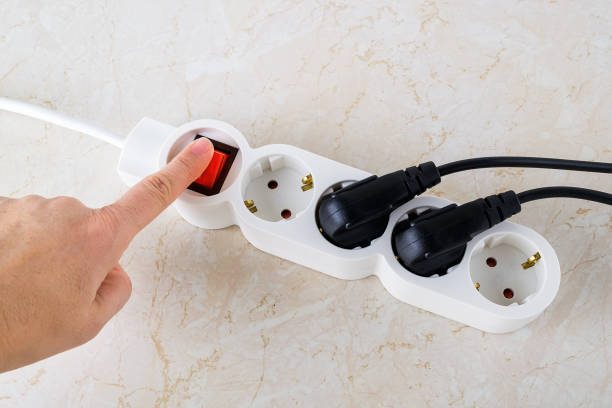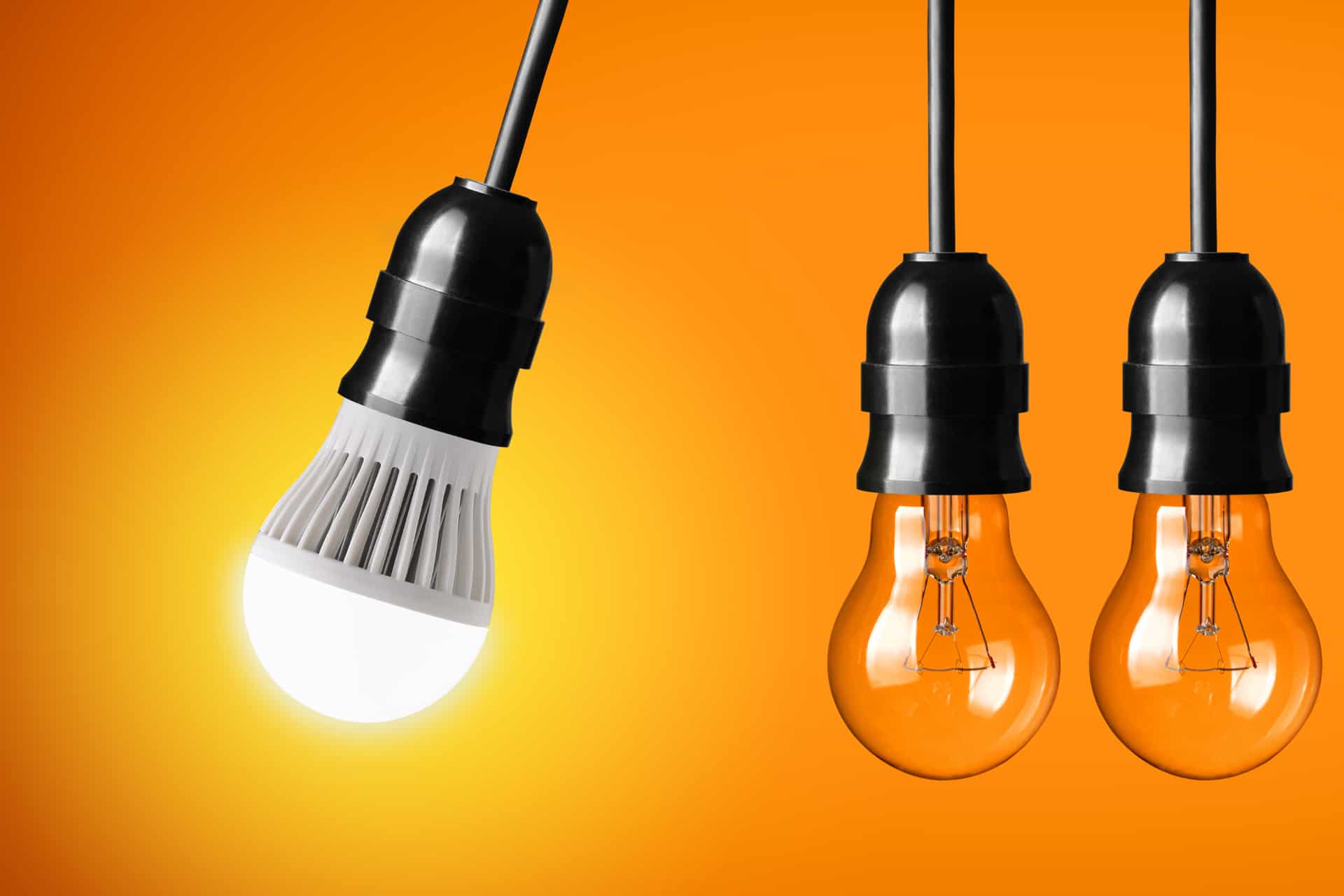
Explore common reasons why LED lights won’t turn on, from faulty wiring and incorrect installations to dead bulbs and power […]

Discover the brilliance of Lumen in LED light technology. Uncover the science behind brightness and energy efficiency in our comprehensive guide. Illuminate your understanding today!
Lumen is a unit of measurement that indicates how much light is emitted by a light source. The higher the lumen value, the brighter the light source.
LED Brilliance Starts Here, Just $33. Shine Brighter, Save More!
Our Team of Experts Will Guide You Through The ESS Lighting Upgrading Process To Ensure You Achieve The Most Effective Energy Efficient Improvement Possible, GUARANTEED!
A Brighter Home, A Brighter Future!
Lumen is different from the watt of the light source, which measures the amount of energy it consumes. Watt value is not an indication of the brightness of a light source, especially when comparing different types of lights, such as LED, incandescent, or fluorescent.
LED lights are more energy-efficient than traditional lights, which means they can produce more light with less wattage. For example, a 16-watt LED bulb can produce the same amount of light as a 100-watt incandescent bulb.
Your LED light’s ideal lumen output is directly related to the intended application. Different purposes and locations require different brightness levels.
For example, a living room will often need more light than a bedroom, and a kitchen generally requires more light than a dining room. The table below provides sample guidelines for selecting lumens for different rooms and tasks.
| Room/Activity | Recommended Lumen |
| Bedroom | 2000-4000 |
| Living Room | 3000-6000 |
| Dining Room | 3000-6000 |
| Kitchen | 5000-10000 |
| Bathroom | 4000-8000 |
| Office | 3000-6000 |
| Reading | 400-800 |
| Task Lighting | 700-1300 |
In the case of LED lights, they can give off 100 lumens for every watt. However, an old-fashioned incandescent light can only give off 10 lumens per watt. If you wish to switch from lumen to watt or the other way round, the best way is to use a conversion chart or calculator.
But remember!
The type of light and the efficiency of the light source matters. Below are some conversion charts for standard types of lights:
| LED Light | Lumen | Watt |
| 400 | 6 | 40 |
| 800 | 12 | 60 |
| 1100 | 16 | 75 |
| 1600 | 22 | 100 |
| 2600 | 40 | 150 |
| Incandescent Light | Lumen | Watt |
| 400 | 40 | 6 |
| 800 | 60 | 12 |
| 1100 | 75 | 16 |
| 1600 | 100 | 22 |
| 2600 | 150 | 40 |
| Fluorescent Light | Lumen | Watt |
| 400 | 10 | 4 |
| 800 | 15 | 8 |
| 1100 | 20 | 11 |
| 1600 | 30 | 16 |
| 2600 | 50 | 27 |
Another way to compare the brightness of different lights with different lumen values is to use standard examples of light sources and their approximate lumen ratings. Here are some examples of light sources and their approximate lumen ratings
| Light Source | Lumen |
| Candle | 12 |
| Night Light | 20 |
| Refrigerator Light | 40 |
| Desk Lamp | 250 |
| 60-watt Incandescent Bulb | 800 |
| 100-watt Incandescent Bulb | 1600 |
| 26-watt LED Bulb | 1600 |
| 40-watt Fluorescent Tube | 2300 |
| 400-watt Metal Halide Lamp | 36000 |
| Full Moon | 1 |
| Sunlight | 100000 |
To give an example on the brightness of a specific lumen amount, consider that 500 lumens equates to a 40-watt incandescent bulb’s brightness, 10 000 lumens match a 250-watt metal halide lamp’s glare, and 7000 lumens align with a 175-watt metal halide lamp’s light intensity.
We should also consider the LED light’s color temperature which we express in Kelvin (K). Essentially, color temperature reflects the light’s warmth or coolness, which can transition from yellow to blue shades.
The lower the Kelvin value, then the warmer the light appears. A larger Kelvin number indicates that the light feels cool, whereas a lower value, indicates that the light feels warm..
For example, a candle has a color temperature of about 1500K, which is very warm and cozy, while a clear sky has a color temperature of about 10000K, which is very cool and crisp. The table below shows some common color temperatures and their effects.
| Color Temperature | Effect |
| 2700K | Warm and relaxing |
| 3000K | Soft and inviting |
| 4000K | Neutral and balanced |
| 5000K | Cool and refreshing |
| 6000K | Bright and stimulating |
LED light’s color temperature affects your room’s vibe and can impact productivity and mood. If you want a relaxing and snug feeling, warm light is perfect.
For a bright and lively setting, cool light works best.You can pick your LED light’s color temperature to match your needs and personal preferences.
A bonus feature is that some LED lights allow adjusting this temperature to allow you to accommodate to your changing needs and mood.
Lumen, is a unit of measurement of the brightness of a light. It’s more practical and useful than wattage when picking LED lights.
You’ll identify the brightness the light gives off, regardless of the power it consumes.You can choose the right lumen for your LED light according to your lighting needs and preferences, using some general guidelines, conversion charts, and common examples.
You can also adjust the color temperature of your LED light to create different effects and moods. LED lights are more energy-efficient, durable, and versatile than traditional lights, and they offer a wide range of lumen and color temperature options to suit your needs.